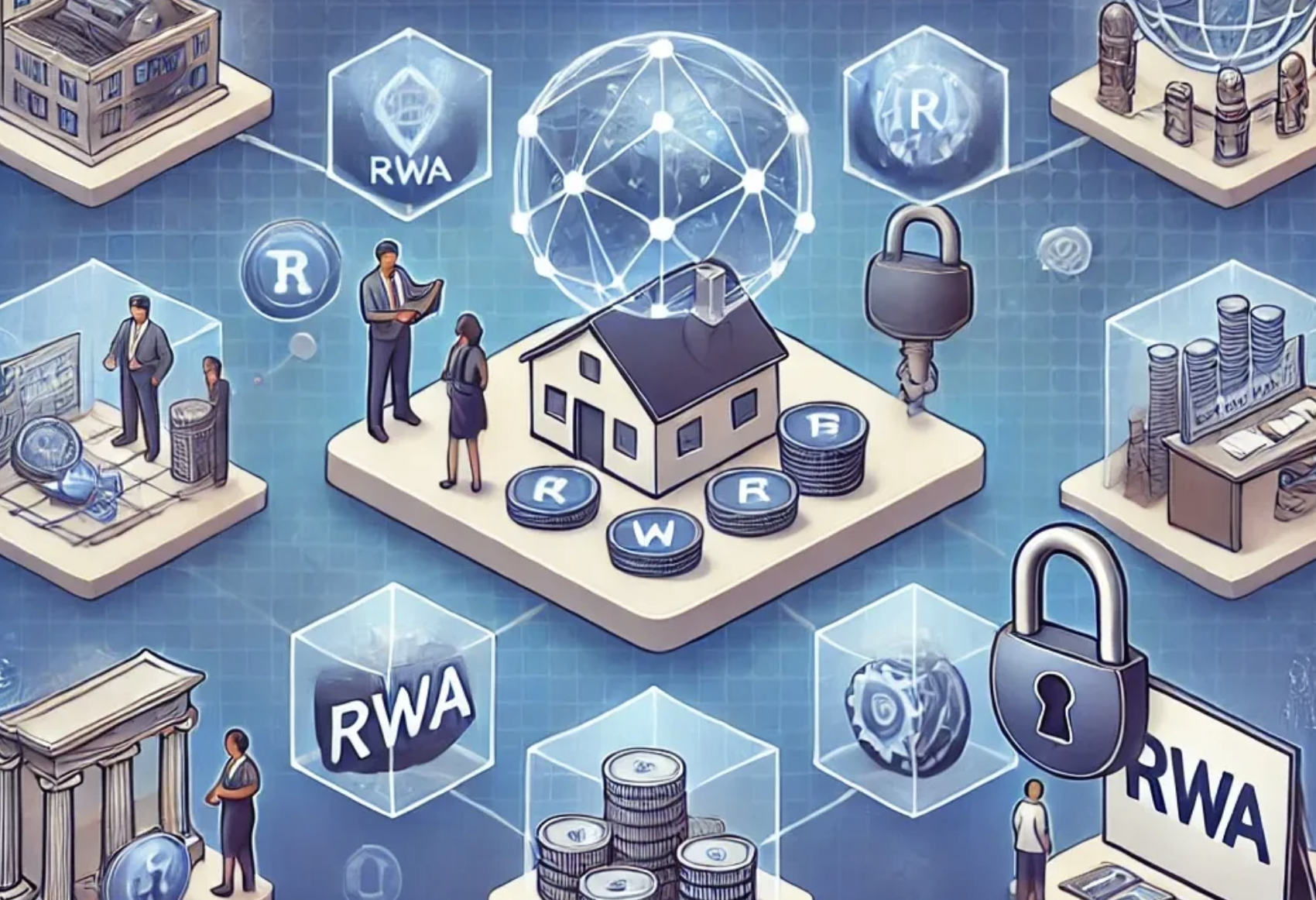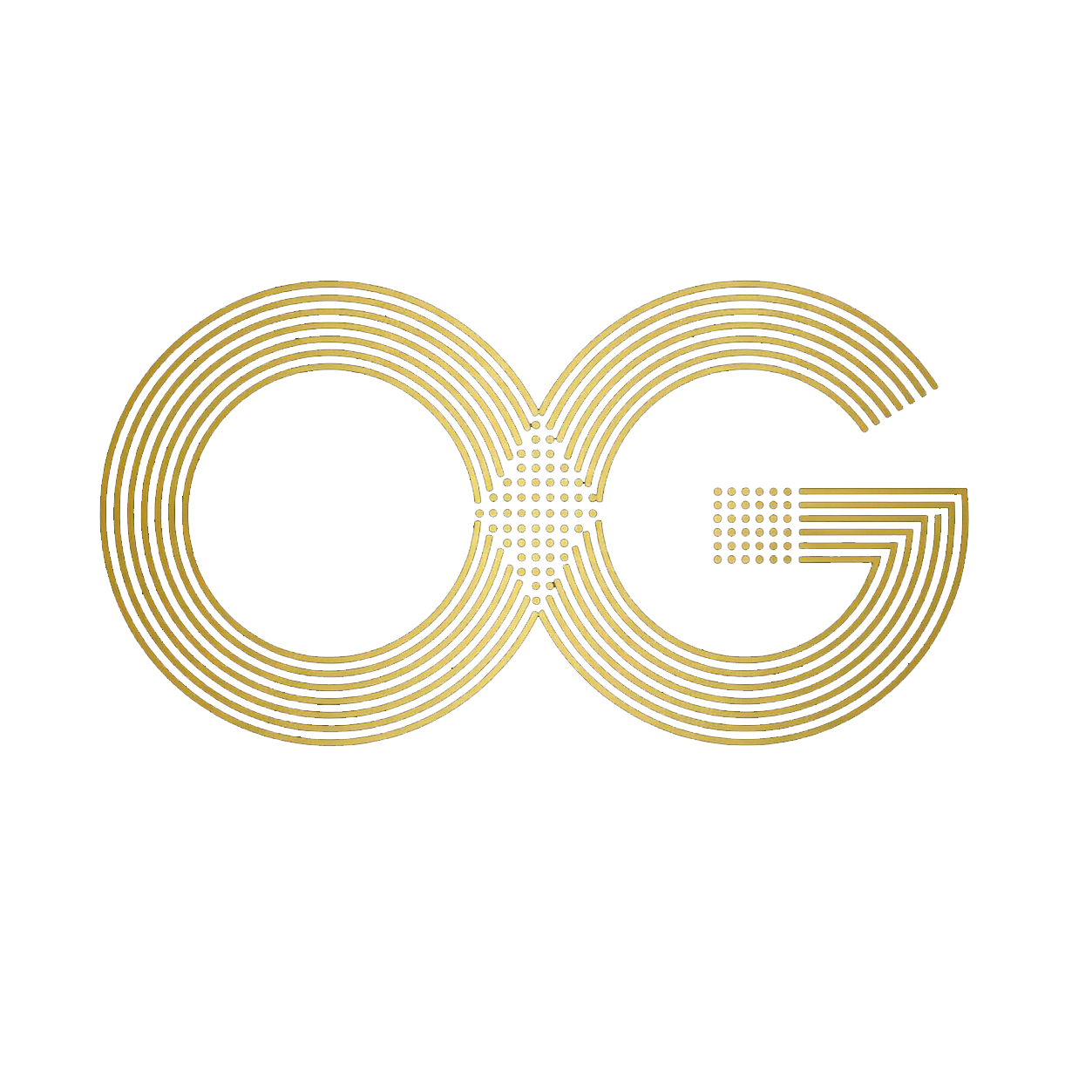TOKENIZATION
What Does Tokenization Mean?

Tokenization is an innovation that is transforming the way we think about ownership and trade. It is the process of converting rights over a real-world asset into digital tokens, making its representation and transfer on a blockchain possible.
Imagine you own a valuable painting, but instead of selling it as a whole piece, you divide its value into small digital parts — the tokens. Each token represents a fraction of ownership of the painting, and thanks to blockchain technology, these tokens can be easily bought and sold online, just like shares on the stock market.
This revolutionary technology allows, for example, anyone to participate in fractions of properties or company shares. Instead of issuing traditional stock, a company could issue tokens that represent shares, making it easier for people to access assets that were previously out of reach — thereby democratizing investment opportunities.
Benefits of Tokenization
- Efficiency: Tokenization streamlines financial processes by eliminating intermediaries and simplifying transactions.
- Transparency: Token transactions are recorded on the blockchain, increasing trust and reducing the risk of fraud.
- Democratization: Tokenization makes investment more accessible to everyone, allowing people with fewer resources to invest in assets that were previously out of reach.
- Innovation in Financial Products: Tokenization opens the door to new types of financial products, such as investment funds composed entirely of tokens.
What are Real World Assets?
Real World Assets (RWA) are real-world assets that exist outside the digital realm or “off-chain,” but can be tokenized for use within the DeFi ecosystem. In this way, they become an additional source of yield for users, as they are backed by real assets capable of generating cash flows and/or appreciation.
RWAs create opportunities for capital and market efficiency for ecosystem participants. The representation of this asset class has the potential to act as a catalyst for improving global economies by increasing market liquidity, reducing transaction costs, and democratizing access to financial markets—especially for those who have traditionally been excluded from the system.

Benefits of RWA Tokenization

The tokenization of Real World Assets (RWA) converts physical assets into blockchain-backed digital tokens, opening new opportunities in investment and finance.
1. Liquidity for Illiquid Assets:
It enables the fractionalization of assets such as real estate, art, or infrastructure into smaller tokens, facilitating their trading and broadening investor access.
2. Transparency and Traceability:
Each transaction is immutably recorded on the blockchain, reducing the risk of fraud and increasing trust.
3. Globalization of Markets:
It removes geographical barriers, allowing investors from anywhere in the world to participate in assets that were previously inaccessible.
4. Efficiency and Cost Reduction:
It reduces the need for intermediaries and the costs associated with investing and trading assets.
5. Ownership Security:
Tokens are linked to immutable blockchain records, ensuring authenticity and asset verification.
6. Fractionalization and Accessibility:
It makes it possible to invest in fractions of high-value assets, democratizing access to investment opportunities.
7. Agile Transferability:
Tokens are easily transferable and tradable, enhancing the liquidity and flexibility available to investors.
process of tokenizing
How Does Asset Tokenization Work?

The process of tokenizing real-world assets involves six key steps:
- Asset Selection and Evaluation:
The first step is to choose a suitable real-world asset for tokenization. This could be a physical asset, such as real estate, artwork, or commodities, or an intangible asset, such as financial instruments (stocks, treasury bonds, etc.). Before proceeding, the asset must be properly evaluated to determine its current market value. This valuation is essential to set the correct token price and ensure that investors receive an accurate representation of their ownership stake.
- Legal Framework:
Tokenizing real-world assets requires establishing a solid legal structure that defines ownership rights and ensures compliance with all regulatory and legal requirements. Building a proper legal framework is crucial to guarantee investor security and trust.
- Token Creation:
Once the asset’s eligibility for tokenization is confirmed, a unique digital token is created on the blockchain to represent the real-world asset.
This process involves generating a smart contract that defines the rules and conditions for holding and transferring the token. Each token represents a specific share of the underlying asset. For example, if a real estate property is tokenized, each token could represent a fractional ownership stake in that property.
- Token Trading:
After creation, tokens can be traded on secondary markets, providing liquidity to investors. These markets allow tokens to be bought and sold easily, facilitating the transfer of ownership of the tokenized assets.
- Asset Management:
Over time, continuous management of the underlying asset is essential. The profits generated by the asset—such as rental income or dividends—are distributed to token holders based on their share of ownership. Ongoing asset management is key to maintaining the investment’s value and profitability.
- Token Redemption:
In some cases, token holders may wish to redeem their tokens for the underlying asset, or there may be a predefined buyback agreement. The redemption or buyback process must be clearly defined within the legal framework and the token’s terms and conditions.

Crucial Factors for the Success of RWA Tokenization
Advancements in RWA tokenization will also provide much more democratic access to asset classes that were previously restricted to large institutions. Small investors will be able to participate in markets that have historically been exclusive to major capital holders. Increased diversity among participants will improve the price discovery process. The liquidity of assets such as real estate could improve by 50% to 60% compared to traditional investments, also driving greater efficiency in asset valuation.
It is important to understand that the development of appropriate regulatory frameworks will be fundamental for the growth of the tokenized asset market. Clear and consistent regulations for “digital securities” are expected to be implemented in the coming years, increasing investor confidence and promoting cross-border trading.
The adoption of unified regulations, such as those emerging in the European Union, could foster up to a 40% growth in institutional participation in secondary RWA markets. The creation of specialized and regulated platforms will attract institutional investors, further strengthening the market.

